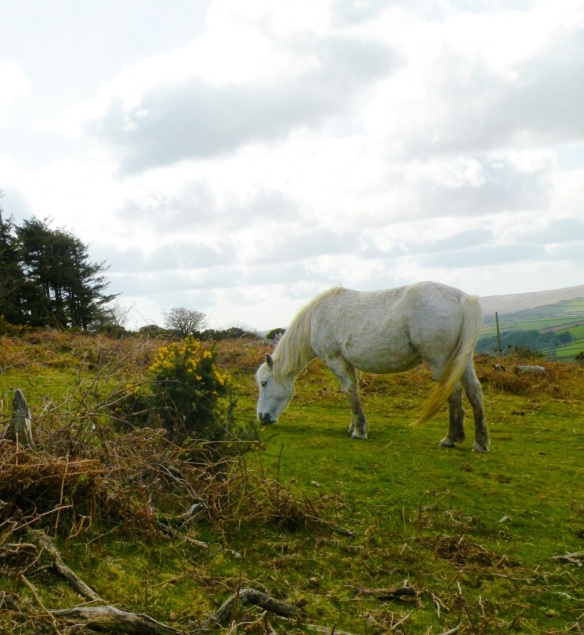Widecombe-in-the-Moor.

Widecombe is a charming, quaint village in Dartmoor National Park. There are several hundred households living there and a church, village green, two cafes and two pubs.
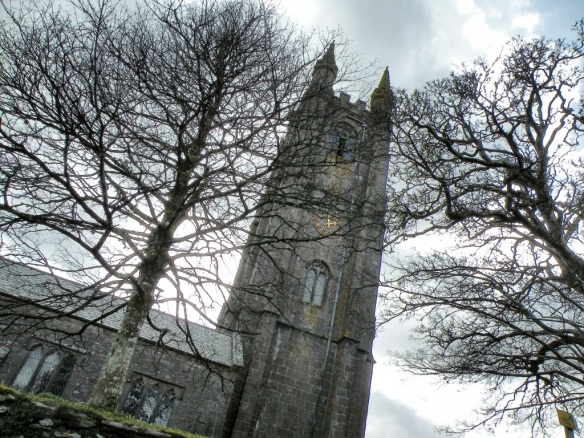
The church of St Pancras was built in the fourteenth century and badly damaged in 1638 when a number of parishioners were injured and four killed during a huge thunderstorm.
It can be clearly seen from the hills of Dartmoor tucked into the valley.
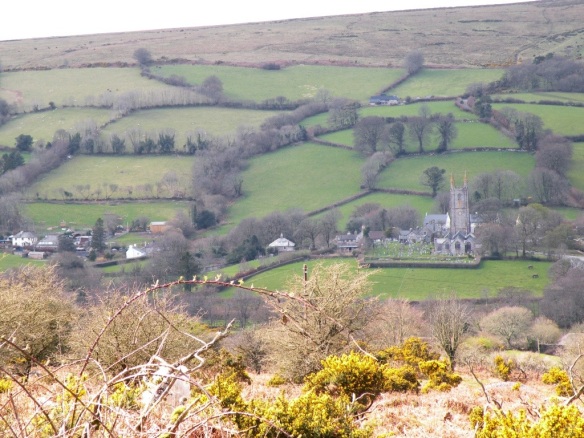
Wild Dartmoor ponies often roam the village streets or feed on the village green.
Left to run wild on the moors, the ponies are an integral part of the Dartmoor Park experience. They can often be seen trotting along the road verges feeding on bracken.
Although left to their own resources for much of the time every pony is actually owned by a farmer or commoner.
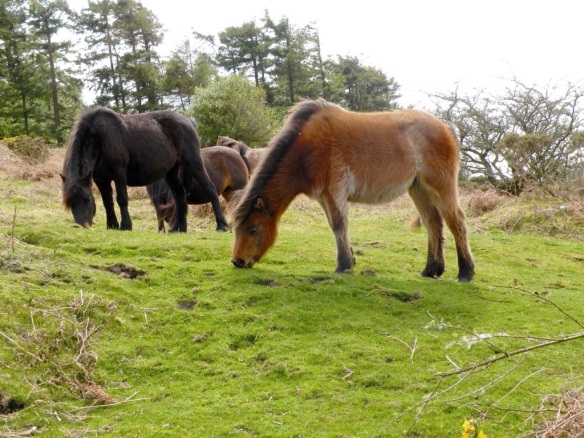
Domesticated ponies have been on Dartmoor since 1500 BC. They have developed over time into strong, hardy animals. The ponies have in the past been used in tin mines and quarries and on farms, but are now free to roam at will.
There are a thousand or so of these gentle, friendly animals on the moors. They are considered a rare breed.
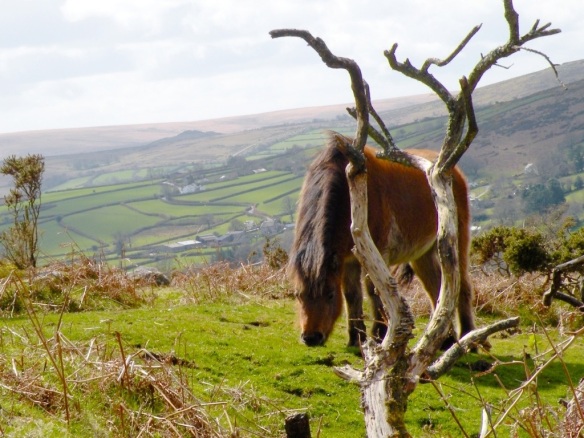
Note: It is illegal to feed the ponies, but occasionally someone will stop their car to give a pony a snack. Feeding ponies encourages them to run on to the road and get close to cars, which is obviously dangerous for them and travellers.



